Separation anxiety is a normal part of child development and can manifest in various ways, such as clingy behavior, tantrums, and fear of being separated from their caregiver. This experience can be particularly challenging for children heading to school as they are introduced to a new environment, peers, and teachers. Addressing separation anxiety at school requires patience, understanding, and cooperation between parents, teachers, and children.
Understanding separation anxiety’s causes, symptoms, and severity is an essential first step for parents seeking to support their children. There are various strategies and techniques to help alleviate your child’s anxiety, open up communication lines, and strengthen their resilience in facing separation situations. In addition, recognizing the role of the school and seeking professional help when necessary can empower parents and children to manage separation anxiety effectively.
Key Takeaways
- Understand and recognize the symptoms of separation anxiety in children, especially when they start school.
- Help your child at home by building confidence, fostering communication, and working closely with their school.
- Seek professional help if separation anxiety worsens, interferes with daily activities, or persists beyond typical developmental stages.
 Understanding Separation Anxiety
Understanding Separation Anxiety
Identifying Separation Anxiety Disorder
Separation anxiety is a normal emotional response experienced by children, particularly when separated from their parents or primary caregivers. It can manifest in various forms, such as crying, tantrums, or clinginess. However, when a child’s separation anxiety becomes persistent, excessive, and continues beyond the typical developmental stage, it may indicate a separation anxiety disorder.
Symptoms of separation anxiety disorder can include persistent worrying about losing or harm befalling a loved one, refusal to go to school or other places without a parent, fear of being alone, sleep difficulties, and physical complaints like headaches or stomachaches. Identifying these symptoms is crucial in providing timely and appropriate support for the child.
Normal Stage of Development Vs Anxiety Disorder
As it is important to distinguish between a normal stage of development and an anxiety disorder, here’s a brief comparison:
Normal Stage of Development:
- Separation anxiety usually manifests in infants aged between 8-14 months.
- Toddlers and preschoolers may continue to experience separation anxiety, but it usually subsides as they grow older, gain more confidence, and adjust to new situations.
- Children may cry or become clingy during this stage during goodbyes, but they typically recover quickly.
Anxiety Disorder:
- Separation anxiety disorder can affect children of all ages, but it is most commonly diagnosed in preschool and school-aged children.
- The anxiety persists and is excessive, often with disproportionate worrying and fear, even after the child has adjusted to a new environment.
- The anxiety interferes with the child’s normal functioning, social relationships, and academic performance.
In conclusion, understanding the differences between a normal stage of development and a separation anxiety disorder is vital in ensuring appropriate support and intervention for children experiencing separation anxiety at school.
 Recognizing Symptoms of Separation Anxiety
Recognizing Symptoms of Separation Anxiety
Physical and Emotional Signs
Separation anxiety manifests in various physical and emotional signs in children. Awareness of these symptoms is crucial to address the problem effectively. Common physical symptoms may include sickness, stomach aches, headaches, or even increased heart rate when faced with separation from a caregiver. In addition to physical manifestations, children with separation anxiety may display noticeable emotional signs such as fear, anxiety, and excessive clinginess.
Behavioral Signs
Regarding behavior, children with separation anxiety often exhibit a range of actions stemming from their anxious feelings. These behaviors can include:
- Crying: This is one of the most visible signs of separation anxiety, where a child may cry or become emotional when faced with the prospect of separation.
- Tantrums: In some cases, children may throw tantrums or become highly emotional as a reaction to being away from their caregiver.
- Refusal to go to school: A common behavioral sign of separation anxiety is when a child consistently refuses to attend school, fearing their time away from a parent or guardian.
- Clinging: In moments of stress and anxiety, children with separation anxiety may cling to their caregiver and resist leaving their side or being handed off to another person.
- Physical symptoms: As previously mentioned, children may report physical symptoms like sickness or a headache to avoid the situation that triggers the anxiety.
- Avoidance: Lastly, children may try to avoid any situation where separation may occur, such as social situations, playdates, or even spending time with extended family members.
Understanding these symptoms can help caregivers and teachers identify separation anxiety in children and take appropriate steps to support their emotional and social well-being. Remember to keep it brief and avoid any conclusions or claims that might be exaggerated.
How to Help Your Child at Home
Establishing Consistent Routines
Establishing consistent daily routines can help your child feel more secure and reduce separation anxiety. Morning and evening routines, for example, can provide a sense of familiarity and stability. This can include having breakfast together, brushing teeth, and reading a bedtime story. Sticking to these routines will make your child feel more at ease, especially during transition and stress. Keeping the atmosphere calm and soothing can also help children feel more relaxed in their home environment.
Practicing Separation
It is important to practice separation from your child in small, manageable steps to help them become more comfortable with the idea. Start by leaving your child with another trusted caregiver, like a babysitter or family member, for short periods. Gradually increase the length and frequency of these separations as your child becomes more confident and less anxious. This will help them build self-assurance and learn to trust that you will return, easing their fears.
Promoting Independence
Encouraging your child’s independence can help them become more resilient in managing their separation anxiety. Allow them to explore new activities and make choices on their own while providing reassurance and support. Teach them problem-solving techniques and coping strategies for when they encounter stressful situations. This may include deep breathing exercises, positive self-talk, or carrying a comfortable object like a toy or blanket. By promoting independence, you foster a sense of self-confidence in your child, helping them overcome their separation anxiety as they face new situations.
Importance of Communication with Your Child
Listening to their Fears
It is essential to create a safe space for your child to express their fear and anxiety regarding separation. Encourage open communication and actively listen to your child’s concerns. This means paying attention to what they say and showing empathy and understanding. Make sure to do this without judgment, as this will allow your child to feel more comfortable sharing their thoughts with you. By listening to their fears, you can better understand their worries and work together to solve their anxiety.
Reassuring Your Child
Once you understand your child’s feelings and fears, offering reassurance is crucial. Let them know that it’s natural to feel anxious or afraid in new situations and that their feelings are valid. Remind them of past experiences when they successfully managed separation and how they overcame their fears.
Additionally, consider the following techniques to help reassure your anxious child:
- Provide a consistent morning routine, which can create a sense of security and stability
- Establish a quick and predictable goodbye ritual to help ease the transition
- Encourage your child to bring a comforting object from home, such as a favorite toy or blanket
Remember to maintain a friendly and supportive tone when addressing these topics with your child. By listening to their fears and reassuring them, you’ll be able to support them better as they navigate school separation anxiety.
 Role of School in Managing Separation Anxiety
Role of School in Managing Separation Anxiety
Cooperating with Teachers
It is important for schools, especially at the preschool and kindergarten levels, to work together with teachers in helping children manage separation anxiety. Teachers are vital in making the transition smooth for children experiencing anxiety. They can establish trust and empathy by listening to the child’s concerns, offering reassurance, and giving gentle reminders that their parent or caregiver will return.
Involving the whole school staff, such as fellow teachers, aides, and counselors, in understanding and addressing the child’s anxiety can create a supportive network around the child. Regular communication between staff members and the child’s parents is also essential to ensure a consistent approach to fostering a positive school experience.
Creating a Comforting School Environment
A comforting and welcoming school environment can significantly reduce a child’s separation anxiety. Schools should aim to create a sense of predictability and routine for children by employing various strategies, such as:
- Developing a consistent daily schedule to help children know what to expect throughout the day and adjust to their new environments
- Encouraging peer bonding through group activities and games
- Bringing a familiar item from home, such as a stuffed toy or a photo of the family, provides reassurance and a sense of comfort during the school day.
- Designating a specific drop-off spot for parents and caregivers so transitions from home to school and vice versa are consistent and predictable.
A welcoming and friendly environment also extends to how staff members interact with the children. Teachers and other staff should be approachable and open to discussing any child’s concerns about their separation from their caregiver.
Addressing separation anxiety in schools helps preschoolers and kindergarteners and can also benefit older children experiencing anxiety in transitioning to new environments, such as middle or high school. By cooperating with teachers and creating a comforting school environment, schools play a crucial role in helping children overcome separation anxiety and fostering a positive, nurturing educational experience.
Seeking Professional Help
When to Consult a Pediatrician
Caregivers need to be aware of the signs and symptoms of separation anxiety disorder in children. Some common symptoms include excessive distress when separated from a loved one, nightmares, and refusal to attend school. If caregivers suspect their child may be experiencing separation anxiety, they should not hesitate to talk with their pediatrician. The pediatrician can guide in identifying separation anxiety and refer caregivers to other mental health professionals if needed.
Role of a Child Psychologist
When facing separation anxiety at school, a child psychologist can be an invaluable resource for the child and their caregivers. These mental health professionals specialize in working with children and adolescents and are trained to diagnose and treat separation anxiety disorder. A psychologist can work closely with the child to develop tailored techniques for managing separation anxiety. This may include cognitive-behavioral therapy (CBT), which focuses on helping the child identify and change unhealthy thought patterns related to separation anxiety.
Additionally, child psychologists can guide parents and school staff on how to support the child during this challenging time. They may offer suggestions on strategies and interventions that can be implemented at school and home to make the transition easier for the child.
Remember, seeking professional help from pediatricians, and child psychologists can play a vital role in addressing separation anxiety in children. By working with these professionals, caregivers can help their children build confidence while navigating new challenges and promoting their overall mental health.
Managing Separation Anxiety in Different Age Groups
Infants and Toddlers
For infants and toddlers, separation anxiety is a common developmental stage between 8 to 18 months of age. As a child gains confidence in their independence, the anxiety often subsides. During this stage, it’s essential for parents to:
- Establish a consistent and loving routine for drop-offs and goodbyes
- Offer comfort items such as a blanket or stuffed animal to help ease the transition
- Gradually increase the time spent away from the child to help build confidence
Preschoolers and Kindergarten
Preschoolers and kindergarten children may still experience separation anxiety, but their coping skills have typically improved compared to their younger counterparts. At this stage, here are some strategies to help manage separation anxiety:
- Encourage open communication about the child’s feelings and concerns
- Practice role-playing, using stories, and play to help prepare for new situations
- Offer praise and acknowledgment for the child being brave and adjusting to new environments
- Create a consistent morning routine to maintain predictability for the child
Older Children and Teens
While separation anxiety is less common in tweens and teenagers, it can still occur due to various factors, such as moving to a new school or experiencing a significant life change. For older children and teens, these strategies can help manage separation anxiety:
- Encourage open dialogue about any concerns or fears the child may have
- Help the child establish connections with their peers and extracurricular activities to foster a sense of belonging and comfort.
- Collaborate with school staff to be aware of the child’s concerns and provide support as necessary.
- Develop a plan for managing stressful situations, such as having a designated safe space for the child to express their feelings.
 Separation Anxiety and the Pandemic
Separation Anxiety and the Pandemic
During the COVID-19 pandemic, some children have experienced an escalation in separation anxiety. This is likely due to the unforeseen changes and uncertainties of the global health crisis. Fear and anxiety have increased for parents and children, making going to school and parting even more challenging.
The pandemic has also affected parents who work on the front lines or as first responders. Children with separation anxiety may become more distressed when their parents leave home, fearing something bad will happen. This increased anxiety could influence the child’s behavior, leading to further issues at school and home.
Parents can explore strategies to help children manage their separation anxiety during the pandemic. Some highly effective methods include:
- Establishing a consistent routine for drop-off and pick-up at school
- Encouraging open communication regarding the child’s feelings and fears
- Reassuring them of their parents’ love and safety regularly
- Collaborating with school staff and teachers to ensure a smooth transition and consistent support
- Providing distractions and engaging activities during the moments leading up to the separation
In some cases, children may experience more significant fears that interfere with their ability to function at school. In these situations, it is essential to seek professional help, such as therapy or a school counselor, who can help children work through their anxiety and develop coping mechanisms.
It is crucial to remember that each child is unique and may require different approaches to address their separation anxiety. By being understanding and patient and working with others involved in the child’s life, parents can help their children overcome the challenges of separation anxiety during the pandemic.
When Professional Help May Be Needed
Separation anxiety is a normal developmental stage for many children, particularly when they start school. However, professional intervention may be warranted when these fears persist or escalate to the point where they interfere with daily activities and normal developmental milestones.
Signs that professional help may be needed include:
- The anxiety continues or intensifies over several weeks or even months.
- The child’s fears and anxieties impede their ability to attend school or engage in normal social activities.
- Attempts to alleviate the child’s anxiety through communication, routine, and other typical parenting strategies are unsuccessful.
- The anxiety is causing significant distress to the child, impacting their overall well-being or family dynamics.
In these cases, seeking the assistance of a mental health professional who specializes in child anxiety disorders can provide individualized strategies and therapeutic support tailored to the child’s specific needs. The right professional help can guide both child and parent through this challenging period, transforming a time of stress and anxiety into one of growth and resilience.
Frequently Asked Questions

What are some techniques for easing school drop-off anxiety?
To ease school drop-off anxiety, consider a trial run by visiting the school beforehand and discussing what to expect with your child. Make the goodbye ritual short and sweet, as prolonged goodbyes can increase anxiety. Encourage your child to engage in favorite activities or connect with friends immediately after separating to create a positive atmosphere.
How can teachers support children with separation anxiety?
Teachers can help by providing a warm, welcoming environment and establishing predictable routines. They can also actively engage the child in distracting, enjoyable activities and encourage social connections with classmates. Teachers should communicate with parents regularly to exchange information and address any changes to the child’s separation anxiety.
What strategies help 5-year-olds cope with separation anxiety at school?
For 5-year-olds, it is essential to create consistency in routines and provide reassurance. Offer regular reminders of when you’ll be picking them up, role-play different scenarios to build confidence and encourage them to form new friendships to help foster a sense of belonging at school.
How can parents address separation anxiety in 6-8 year old children?
Parents can support their 6-8-year-old children by discussing their feelings openly, validating emotions, and establishing a reliable routine at home and school. Encouraging children to verbalize their feelings and offering praise and rewards for facing their fears can also be helpful.
What are effective ways to help a child missing their mom at school?
When a child misses their mom at school, parents can provide comfort objects like a family photo or a small trinket, which can be reassuring during times of stress. Parents can also create short-term incentives, such as special treats after school, to help motivate the child to cope with the separation. Teach the child different techniques to manage their anxiety, such as deep breathing or visualization.
How can parents and teachers collaborate to assist children with separation anxiety in primary school?
Effective collaboration between parents and teachers is critical. Maintain regular communication to ensure consistency while reinforcing strategies to cope with anxiety. Discuss the child’s progress, setbacks, and any changes in routine or environment. Create specific plans for challenging situations like school events or field trips, where separation anxiety may become an issue.
About the Author: Jacob Maslow
I’m Jacob Maslow, a seasoned writer on mental health and family dynamics. My personal experience as someone who takes Lexapro to manage mental health, coupled with my years of therapy, has given me unique insights into the challenges many face.
My own story has been marked by a painful and ongoing battle with an ex-partner who suffers from severe narcissism. Her refusal to comply with court-ordered shared custody has kept me from my two minor children, fracturing relationships that were once very close. This struggle, ongoing for years, has been an agonizing journey.
Despite the obstacles, I find solace in long daily walks to clear my mind and work to help others. I write articles about mental health and narcissism to assist those who grapple with similar issues. I firmly believe that anyone can overcome their mental health struggles.
In addition to my writing on mental health, I also maintain a legal site, offering aid to those dealing with spouses who weaponize children rather than co-parent. These reflections and resources spring from my struggle, and I hope they can be a beacon for others in turbulent times.
- Best Tea for Sleep: Top Choices to Help You Drift Off Naturally - February 17, 2024
- How to Increase Deep Sleep: Strategies for More Restorative Rest - February 17, 2024
- Stress Relieving Benefits of Spending Time in a Garden: Interesting Facts to Know - February 16, 2024
This site contains affiliate links to products. We will receive a commission for purchases made through these links.

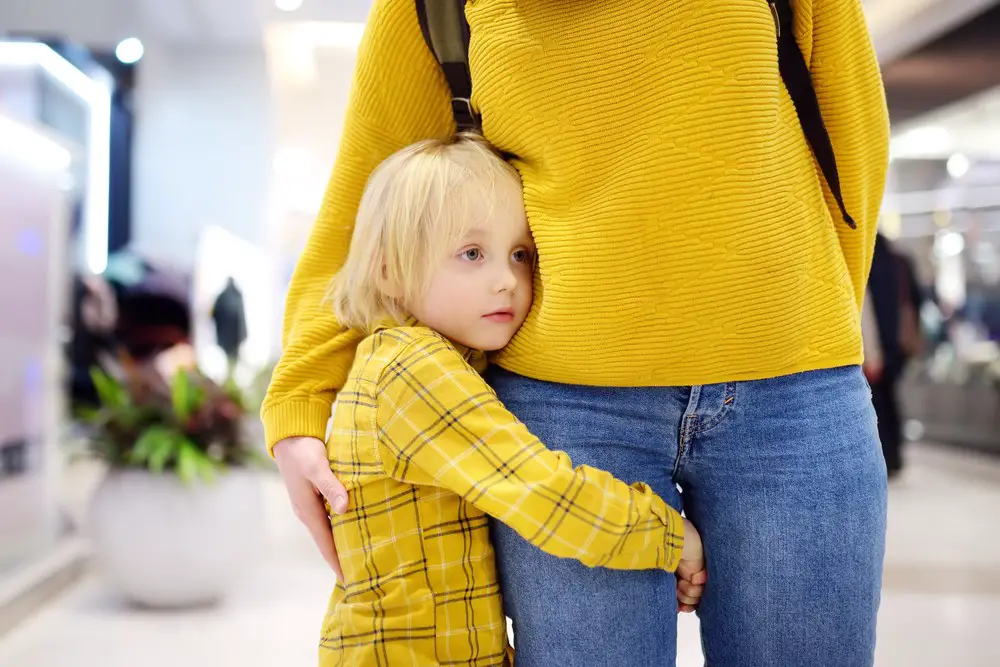
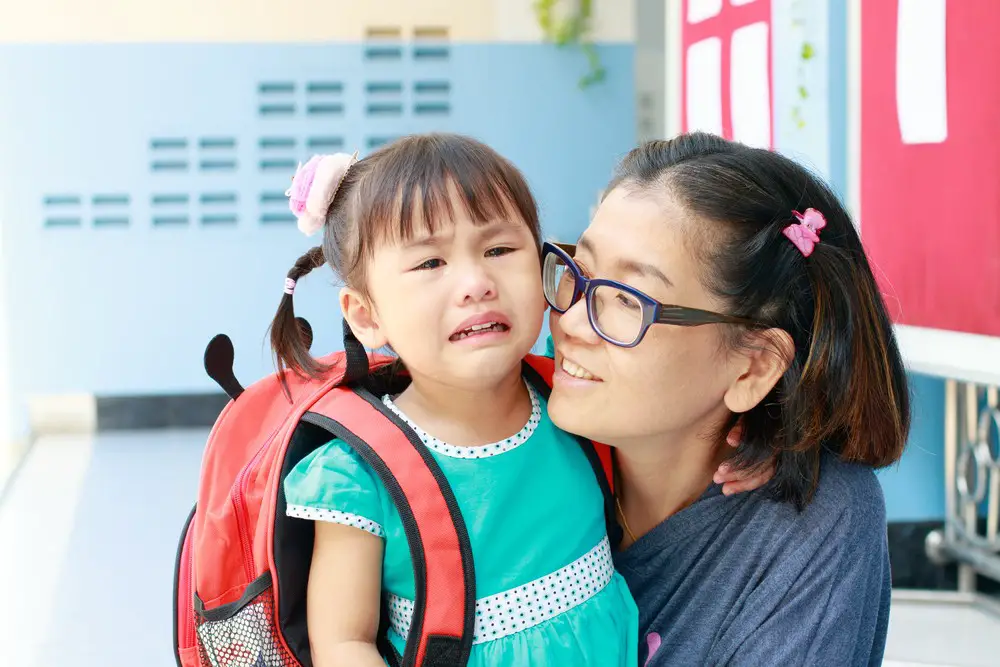 Understanding Separation Anxiety
Understanding Separation Anxiety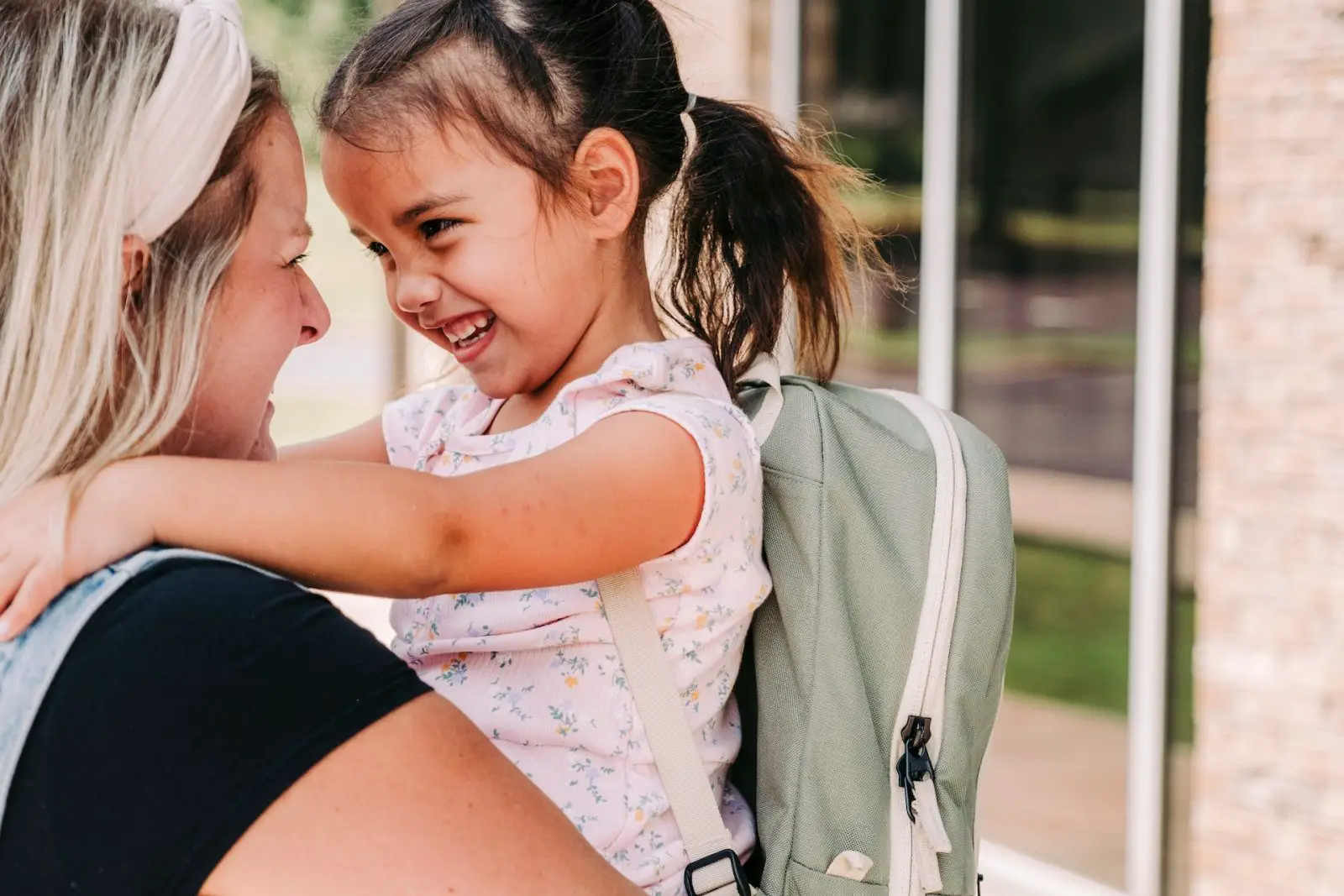 Recognizing Symptoms of Separation Anxiety
Recognizing Symptoms of Separation Anxiety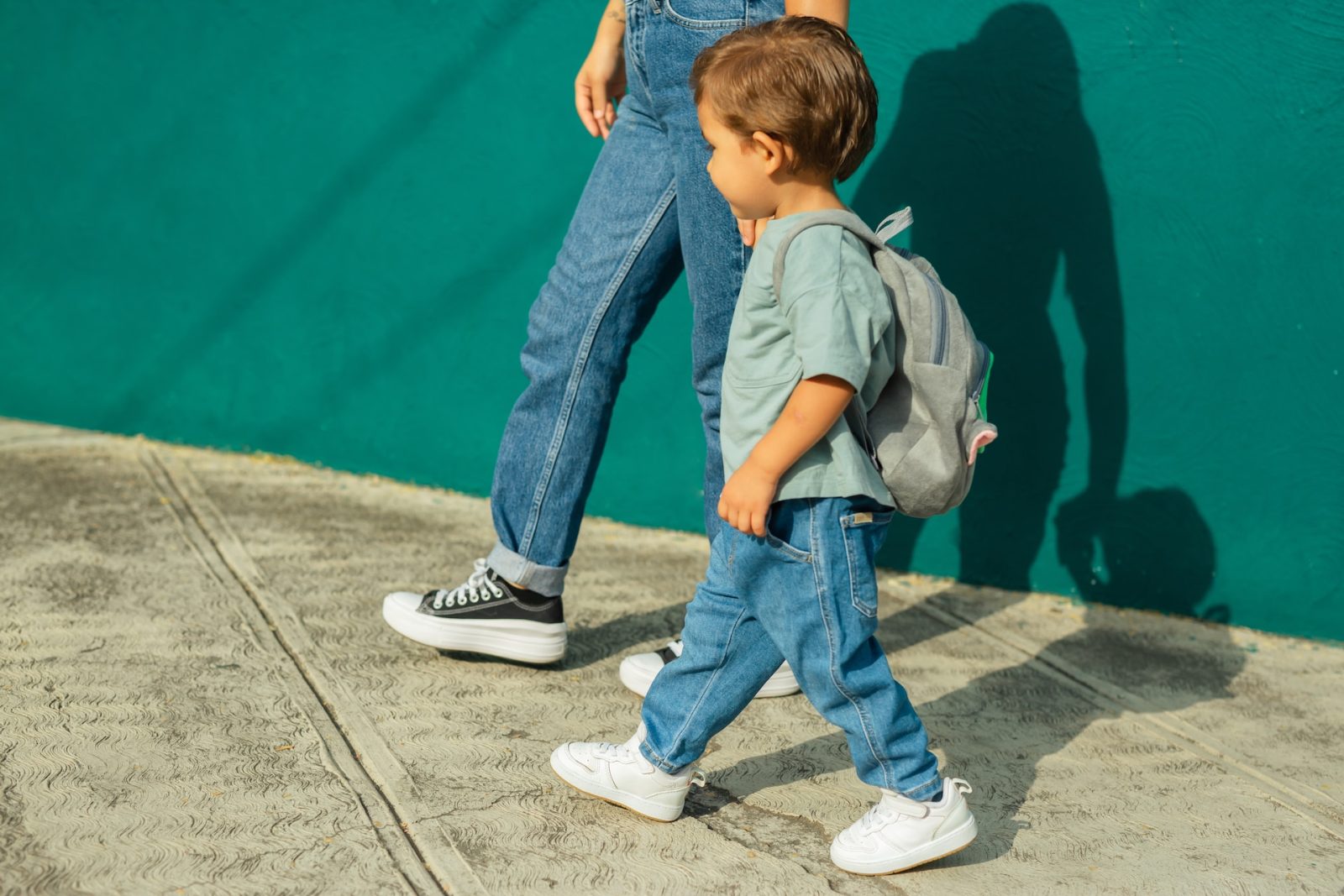 Role of School in Managing Separation Anxiety
Role of School in Managing Separation Anxiety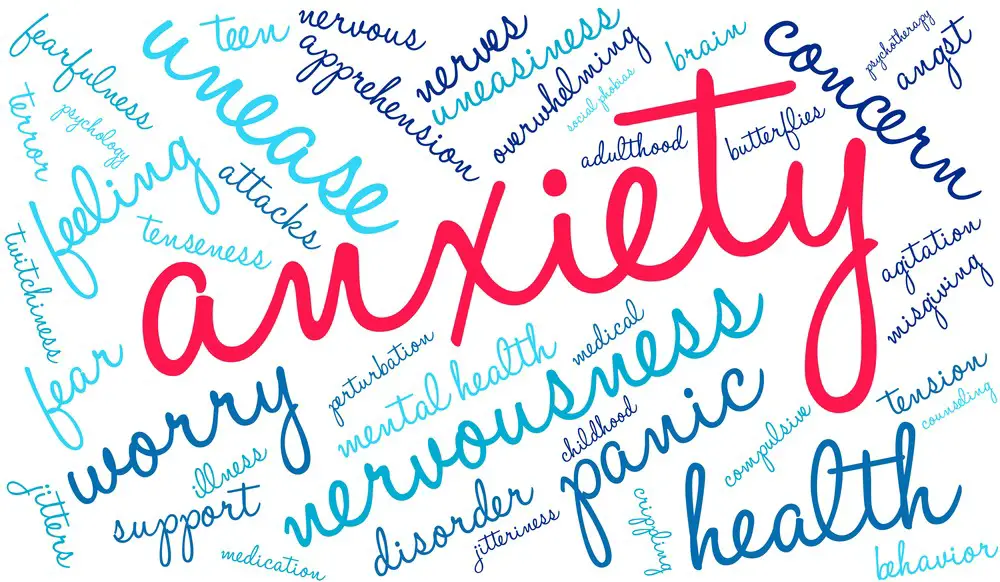 Separation Anxiety and the Pandemic
Separation Anxiety and the Pandemic

